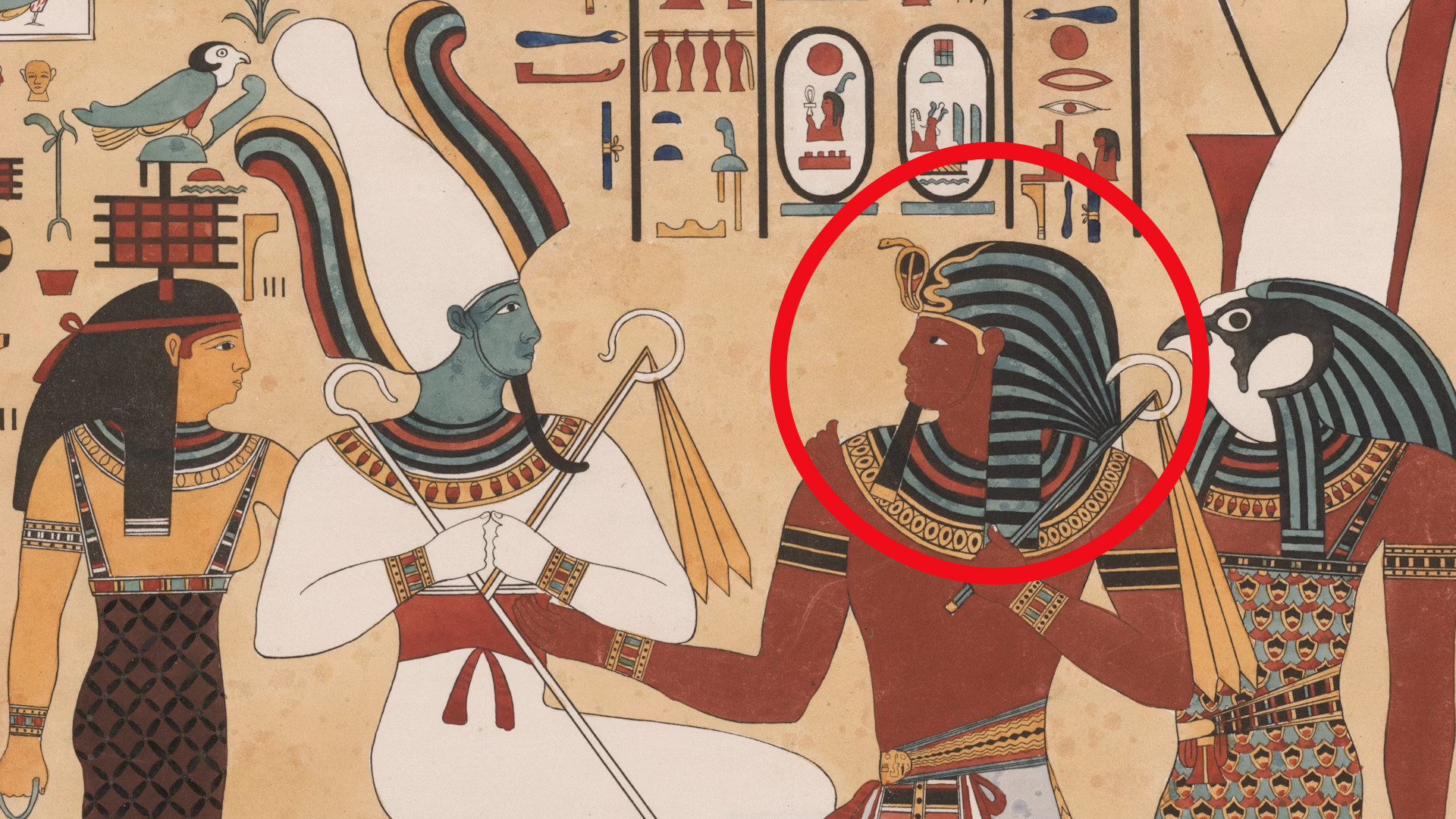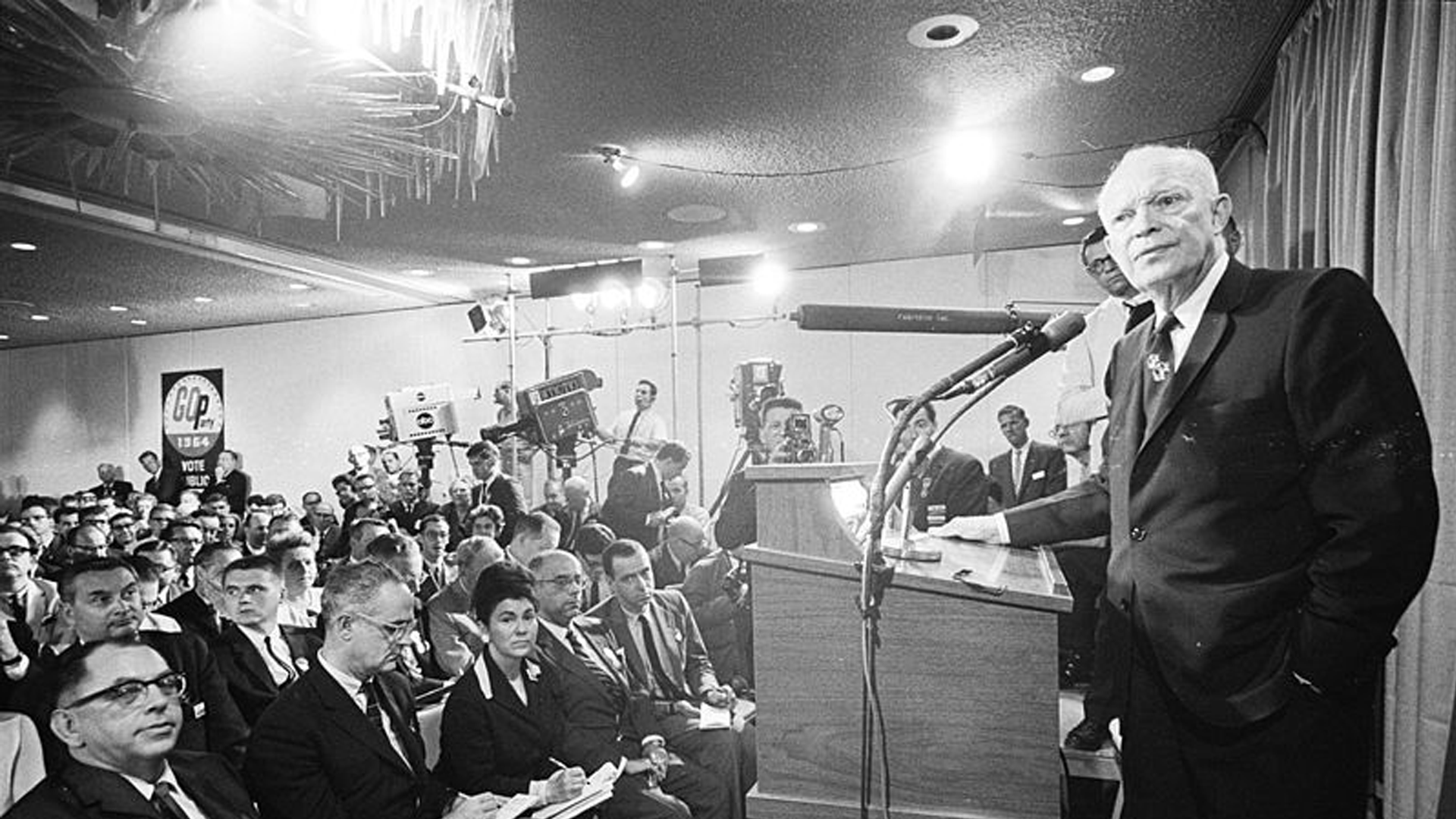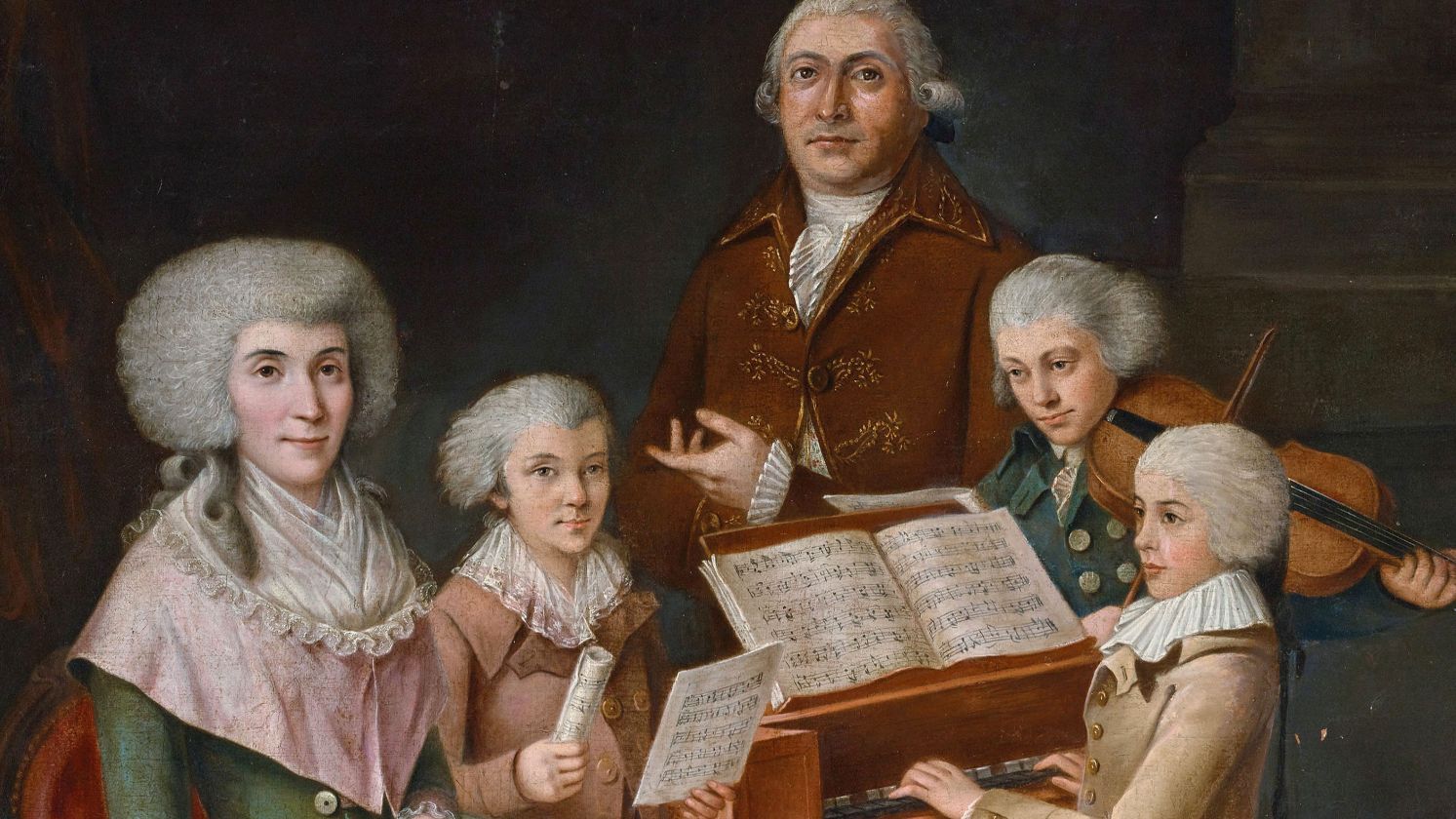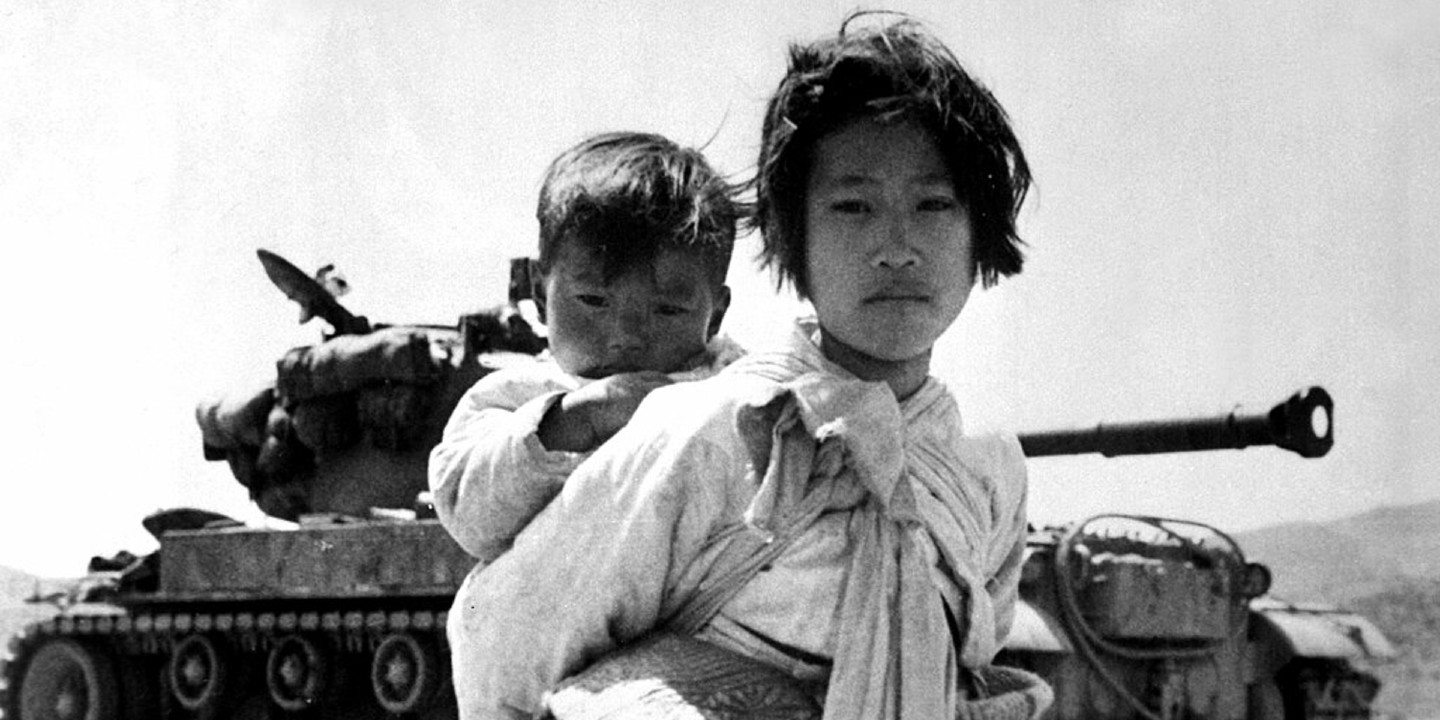Do You Know The Real Vatican?
The Vatican may be small, but simplicity has never been part of its story. Beyond the grandeur and gold leaf, there’s an entire layer of overlooked details shaping daily life inside its storied walls. Its systems and oddities rarely make headlines. Today, we’ll uncover 20 facts you never knew that reveal how the Vatican truly operates. Let's dive in!
1. Time Zone
Although fully sovereign, the Vatican follows Italy’s timekeeping, including daylight-saving shifts. It moves from CET to CEST each spring and back again in fall. Despite having the authority to choose otherwise, the Vatican opts for synchronicity over symbolic separation on the clock.
2. Vatican’s Army
The Swiss Guard isn’t ceremonial window dressing. Established in 1506, it functions as the Vatican’s standing army. Each guard must be Swiss, Catholic, and complete basic military training in Switzerland. Their Renaissance-era uniforms hide modern security expertise, including training in crowd control and anti-terrorism strategy.
 U.S. Department of State from United States on Wikimedia
U.S. Department of State from United States on Wikimedia
3. No Births Inside Vatican
There are no delivery rooms within the Vatican walls. It has no hospital, and any woman nearing childbirth is required to leave the city-state. As a result, there are no native-born citizens. Vatican citizenship is granted strictly by role and revoked once that role ends.
4. ATM Instructions In Latin
At least one Vatican Bank ATM has an option for Latin-language instructions. This reflects Latin’s official status as the state language. It’s used for papal documents and even botanical labels in the Vatican Gardens. The ATM’s Latin setting became a minor sensation after photos of the screen circulated online in 2008.
5. World’s Shortest Railway
Measuring just 300 meters, the Vatican’s railway connects to Italy’s network but sees minimal use. Built in the 1930s under the Lateran Treaty, it primarily transports freight. Passenger trains are rare and often ceremonial. This railway symbolizes the Vatican’s technical sovereignty.
6. More Tourists Than Citizens
Vatican City has fewer than 800 residents, most of them clergy, Swiss Guards, or officials. Meanwhile, it welcomes over 5 million visitors annually. The ratio of tourists to citizens is astronomical. Infrastructure and crowd flow all cater to pilgrims and guests rather than a domestic population.
7. No Permanent Citizenship
Citizenship in Vatican City is tied entirely to function. Cardinals, clergy, and guards receive it while actively serving. Once they retire or change posts, citizenship lapses automatically. Their nationality typically reverts to their country of origin. This functional model is unique among sovereign states.
8. Owns A Telescope
The Vatican Advanced Technology Telescope sits on Mount Graham, Arizona. Operated by the Vatican Observatory, it reflects a longstanding commitment to science. The Church began serious astronomical studies in the 16th century to reform the calendar. Today, Jesuit astronomers conduct peer-reviewed research.
9. Exorcist Training
The Vatican formally endorses exorcism training through the Pontifical Athenaeum Regina Apostolorum. This weeklong course covers spiritual warfare and discernment. Attendance isn’t limited to clergy, as doctors and laypersons sometimes join. While exorcism is rare, the Vatican sees preparedness as essential to the Church’s pastoral mission.
10. St. Peter’s Is Not A Cathedral
Though it’s the most iconic church in Catholicism, St. Peter’s Basilica is not a cathedral. That name belongs to the Archbasilica of St. John Lateran, the rightful ecclesiastical seat of the Bishop of Rome. St. Peter’s owes its fame to its scale and symbolism.
11. Popes Are Sometimes Embalmed
Not all popes receive the same burial treatment. Some are embalmed, depending on personal wishes or evolving Vatican customs. Pope John XXIII was notably well-preserved when exhumed in 2000, thanks to embalming. These choices influence how papal remains are displayed or relocated.
 Luigi Felici / Associated Press on Wikimedia
Luigi Felici / Associated Press on Wikimedia
12. Swiss Guard’s Requirements
To join the Pontifical Swiss Guard, candidates must be unmarried, male, Swiss citizens between 19 and 30, and at least 5’8” tall. Military training and a strong Catholic faith are mandatory. Recruits swear allegiance directly to the pope to serve both ceremonial and protective roles.
13. Vatican Mint Its Euros
Although it uses the euro, the Vatican isn’t part of the European Union. Instead, it mints its limited-edition coins under a special agreement with the EU. These coins feature papal imagery and are highly collectible. Most never enter circulation because they’re produced primarily for numismatic purposes.
14. Hidden Papal Tombs
Beneath St. Peter’s Basilica lies a necropolis that predates Christianity. Many popes are entombed in crypts deep below the marble floors. While some tombs are marked and visited, others remain unpublicized. This layered burial space preserves centuries of Catholic leadership.
15. Owns A Farm
The Vatican maintains a working farm at Castel Gandolfo, the summer residence in the Alban Hills. It produces milk, eggs, honey, and vegetables for Vatican use. Started in the 1930s under Pope Pius XI, the farm reflects a longstanding tradition of self-sufficiency.
16. Has Its Pharmacy
Established in 1874, the Vatican Pharmacy is one of the busiest in the world. It stocks over 40,000 medications, including many not available in Italy. Operated by the Brothers of the Hospitaller Order of Saint John of God, it’s known for efficiency and exclusivity.
 Vatican pharmacy transitions into robotics age by ROME REPORTS in English
Vatican pharmacy transitions into robotics age by ROME REPORTS in English
17. World’s Oldest Diplomatic Corps
The Vatican’s diplomatic service is the oldest continuous one in the world. It operates globally through nuncios: papal ambassadors with both ecclesiastical and political responsibilities. These representatives shape religious relations and state affairs to influence everything from conflict mediation to global moral diplomacy.
 Diplomatic Security Service on Wikimedia
Diplomatic Security Service on Wikimedia
18. Separate Phone And Postal Codes
While the Vatican has its own postal code and stamps, its phone system tells a different story. Although assigned the country code +379, people don’t use it. Vatican telephone numbers operate under Italy’s +39 system. That illustrates how selective sovereignty plays out in modern infrastructure like telecommunications.
 Processed by A. Sdobnikov on Wikimedia
Processed by A. Sdobnikov on Wikimedia
19. Unique Legal And Judicial System
The Vatican operates under canon law but also has its own civil and criminal courts. Judges are typically lay jurists appointed by the pope. While Italian law may be referenced for gaps, the Vatican has prosecuted everything from minor theft to financial crimes.
 Catholic Press Photo on Wikimedia
Catholic Press Photo on Wikimedia
20. Issues Its Passport Designs
This city issues three types of passports: diplomatic, service, and regular. Each reflects one’s role, be it clergy, official, or citizen. These passports differ in design from other nations’ passports. With fewer than 600 valid at any time, they are among the rarest documents in circulation.
KEEP ON READING

The Mysterious "Sea People" Who Collapsed Civilization
3,200 years ago, Bronze Age civilization in the Mediterranean suddenly…
By Robbie Woods Mar 18, 2025
The Turning Point: 20 Facts About The Battle of Normandy
Normandy Changed The Game. The Battle of Normandy marked a…
By Chase Wexler Jun 4, 2025
20 Important Names From World War II You Should Know
Key Players From World War II (For Good or Bad).…
By Cathy Liu Nov 7, 2024
The Musical Prodigy: 10 Fascinating Facts About Mozart & 10…
Secrets Behind the Symphony. Wolfgang Amadeus Mozart remains one of…
By Chase Wexler May 5, 2025
20 Ancient Architectural Wonders That Will Boggle Your Mind
Ancient Marvels That Have Withstood the Test of Time. From…
By Christy Chan Feb 12, 2025
Everything You Need To Know About The Korean War
It Shaped More Than Just A Country. The Korean War…
By Emilie Richardson-Dupuis Nov 8, 2024















